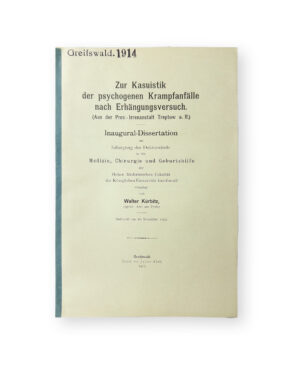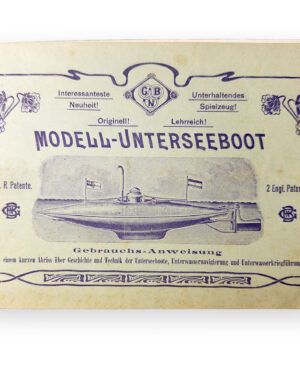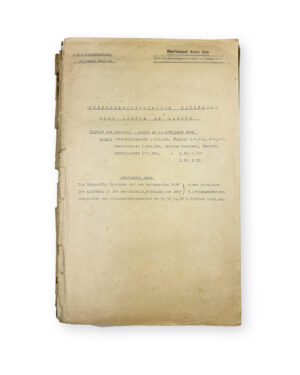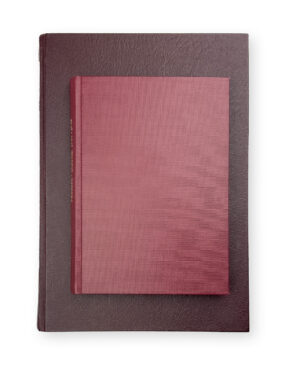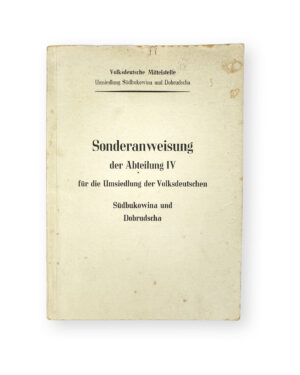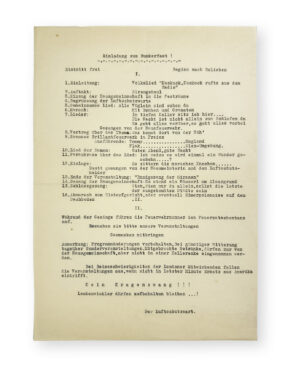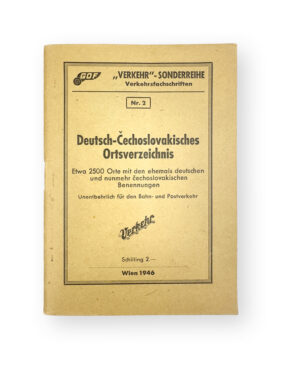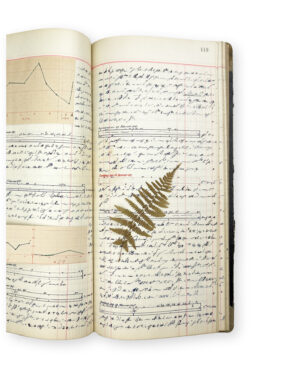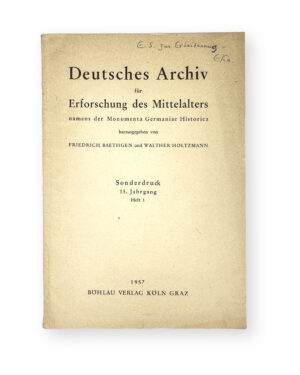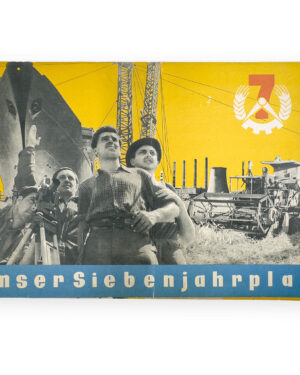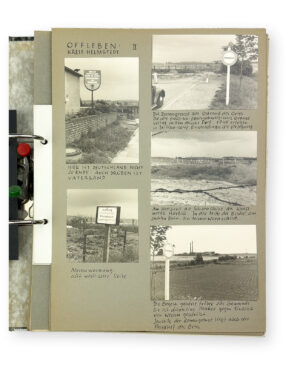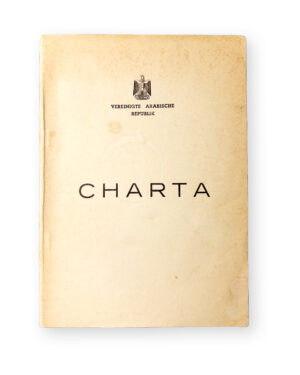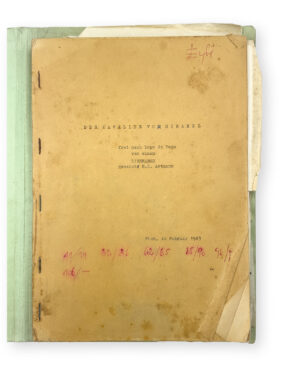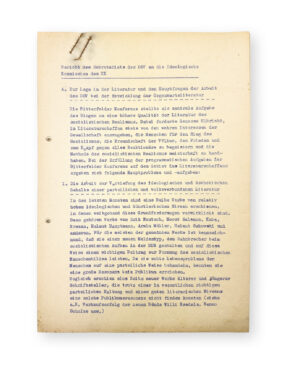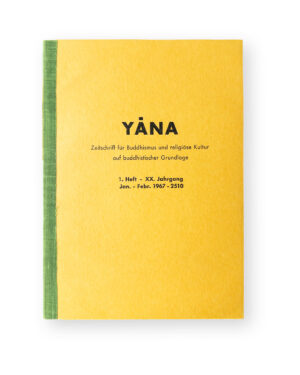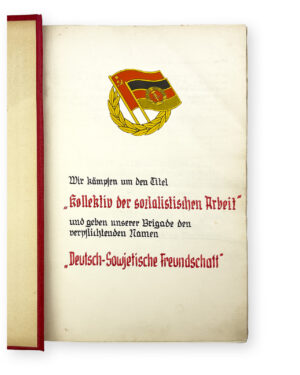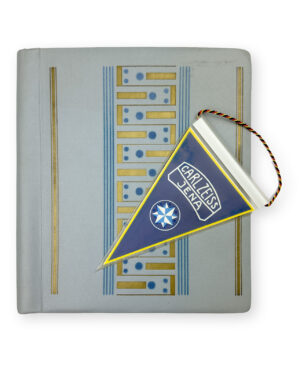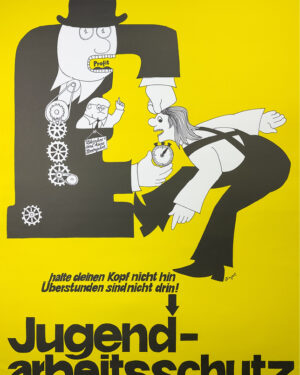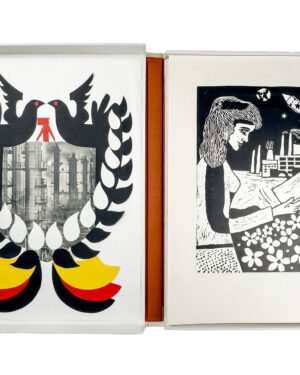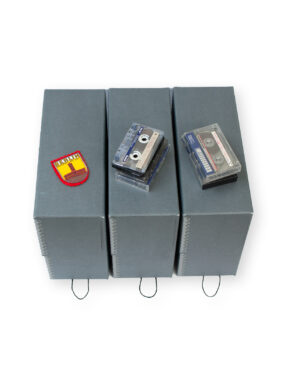No products in the cart.
Germany caused and experienced more change and upheaval in the twentieth century than any other country. We agree with the English novelist L.P. Hartley who wrote in 1953 that “the past is a foreign country.” At the beginning of the twentieth century, the German Empire was a monarchy with a land area of 675,700 square miles that included far-flung outposts such as parts of Samoa (item 1). At the end of the century, Germany was a parliamentary republic encompassing its current borders with 138,069 square miles.
The arc of history covers the formation of the German communist party in December 1918 (item 5), continues to fascism and the rise of National Socialism in the 1930s (items 10–17), and culminates with the 2nd World War (items 13–18). Throughout the last century, Germany inflicted pain on the world and itself. As a result, her currency disintegrated, her borders shrunk, and she was split in two for 41 years—separating countless German families for two generations (items 22–37).
The last century also brought positive developments. The German “Wirtschaftswunder” or “economic miracle” of the post-World War II years transformed the country into a global economic leader (item 25).
In this catalogue we present 37 items for sale related to twentieth century German history in chronological order from 1903 to 1991. We hope that you find the material interesting and thought-provoking.
